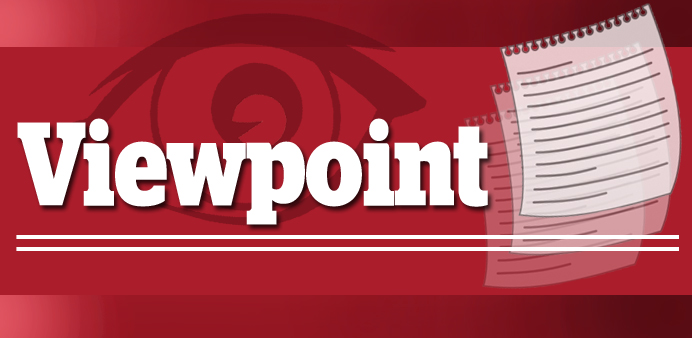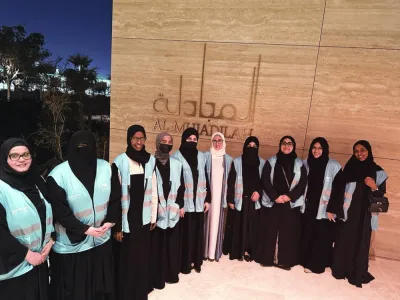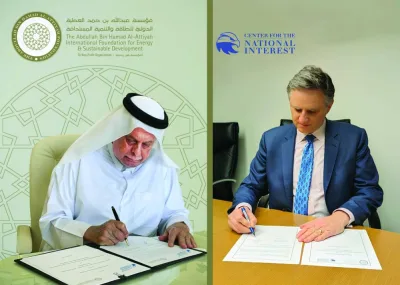The decision by the United States and Cuba to re-establish relations, severed over five decades ago, is a historic victory for diplomacy.
Diplomatic ties between the two countries were severed at the height of the Cold War between the US and the Soviet Union, on January 3, 1961, two years after Cuban revolution leader Fidel Castro came to power after overthrowing a US-backed government.
Since then, relations between the United States and Cuba have been strained. They have witnessed a crippling trade embargo on Cuba, US occupations, Cold War enmity, arrests of political prisoners, and a crisis over Russian missile sites in Cuba which took the world to the brink of nuclear war.
Half a century later, Raul Castro, who succeeded his brother Fidel as Cuba’s president in 2008, and US President Barack Obama - who was born the year the American embassy was closed in Cuban capital Havana – have decided to put aside decades-long enmity and unfreeze diplomatic relations.
Earlier this week, the two presidents exchanged letters agreeing to formally re-establish full diplomatic relations on July 20, 2015.
Raul Castro has announced that on July 20, he will send Foreign Minister Bruno Rodriguez to open the Cuban embassy in Washington. The Cuban delegation will include “prominent representatives of Cuban society”.
In his letter to Obama, Raul Castro expressed his desire to “develop respectful and co-operative relations between our two peoples and governments”.
Although Washington has set no date for opening the embassy in Cuba, President Obama has announced that Secretary John Kerry will travel to Havana later this summer formally to “proudly raise the American flag over our embassy once more.”
Obama hailed the agreement as a “historic step forward” that would end US policy of isolating the Communist-ruled island.
Obama himself has admitted that this policy has not had its desired effect. “It’s long past time for us to realise that this approach doesn’t work,” he said in a White House Rose Garden address. “It hasn’t worked for 50 years. It shuts America out of Cuba’s future and it only makes life worse for the Cuban people.”
This week’s agreement is the result of long drawn-out back channel diplomacy which began in the spring of 2013 when President Obama authorised exploratory negotiations with Cuba on normalising ties.
It was in December last year that the US and Cuba, after 18 months of secret talks — at times aided by the Vatican— agreed to begin mending relations. On December 17, 2014 Obama and Castro simultaneously announced plans to normalise relations and the release of political prisoners.
In January this year, a high-level US delegation held talks with Cubans in Havana on migration and the reopening of embassies — the first round of several held by diplomats. And in April the two countries held a historic meeting in Panama. Obama and Raul Castro met in Panama City on the sidelines of the Americas summit, the first face-to-face talks between a US and Cuban president since the 1959 revolution.
Since then, travel and communications restrictions between the two countries have been eased and in May the US prepared the ground for further rapprochement by taking Cuba off the list of state sponsors of terrorism. Havana was included on the blacklist in 1982. This was a key stumbling block in their relations.
Several obstacles, such as the trade embargo and the return of territory occupied by the US, still remain despite the restoration of ties.
However, the formal re-establishment of diplomatic relations on July 20 will enable a higher level of dialogue to resolve differences. It is a small first step for the two countries, but a giant leap for diplomacy.



